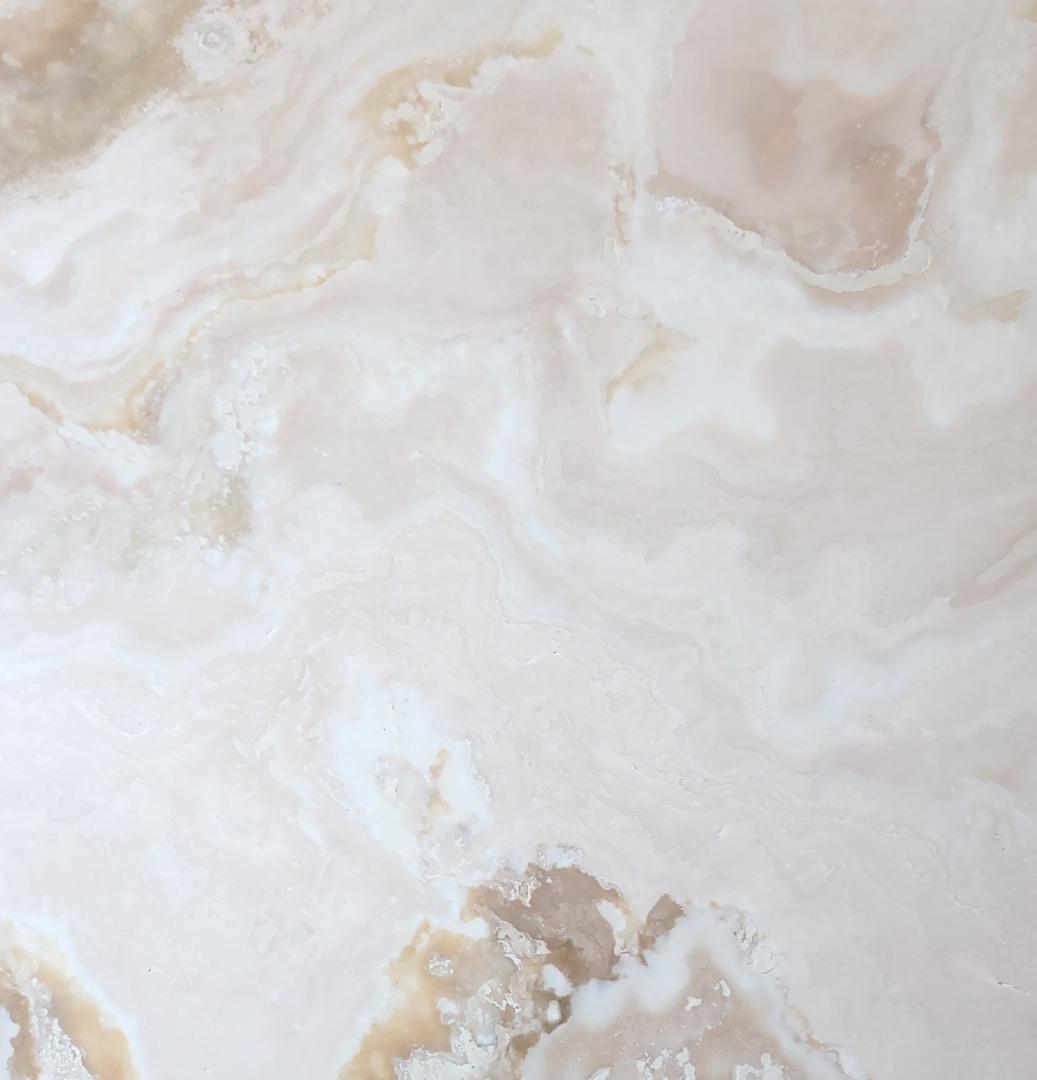Slab
Golden Travertine

Travertine is a porous limestone and is one of the most widely used stones in the construction industry. Travertine is a product of hot or cold water sediments in caves and a high percentage of its compounds include: calcium, stalactite and stalagmite. Travertine stones are mostly found in red, lemon, yellow, brown, gray, black and white colors and have random or no veins. One of the influential factors on the formation of color and design of travertine is its compounds such as iron, calcium and other impurities. The less water-soluble elements of these sources, the lighter the color of the stone will be. Good strength, beauty and excellent polishing ability and other advantages of travertine have made the use of this stone in building facades very common. One of the good properties of this stone is its thermal and acoustic insulation, which the cavities inside the stone have created this property, and another advantage of the cavities in travertine is the increase in the strength of the installed stone, which the cement can penetrate these cavities and the adhesion to the wall increases. The cavities in travertine are caused by the space occupied by the gases in the hot water of the sedimentation source, which prevent the formation of a compacted rock mass.

Disadvantages of travertine
Non-uniformity of color and design as well as its low resistance to cold is one of the disadvantages of travertine. If travertine gets wet and the ambient temperature reaches freezing temperature, this stone will be crushed immediately and therefore, during long-term storage, travertine blocks must be maintained in covering. Due to the increase in demand, the production rate of travertine in Iran has increased in recent years. In the years before 2002, this type of stone was known as a cheap stone and was not considered in the domestic market. The usage of resin instead of putty and cement to fill surface porosity, increased the use of travertine stone and its unique beauty along with reasonable price has increased sales in the market.
Another disadvantage of travertine is its relatively high water absorption. This disadvantage also resolved with the entry of resin into the market and its use during processing and polishing reduced the amount of water absorption and the stone remains clean for longer periods. Therefore, the quality of polishing and the resin used during processing have a significant effect on the durability and beauty of travertine. In the Roman style design of the building facade, all or most of the building facade is covered with travertine.

